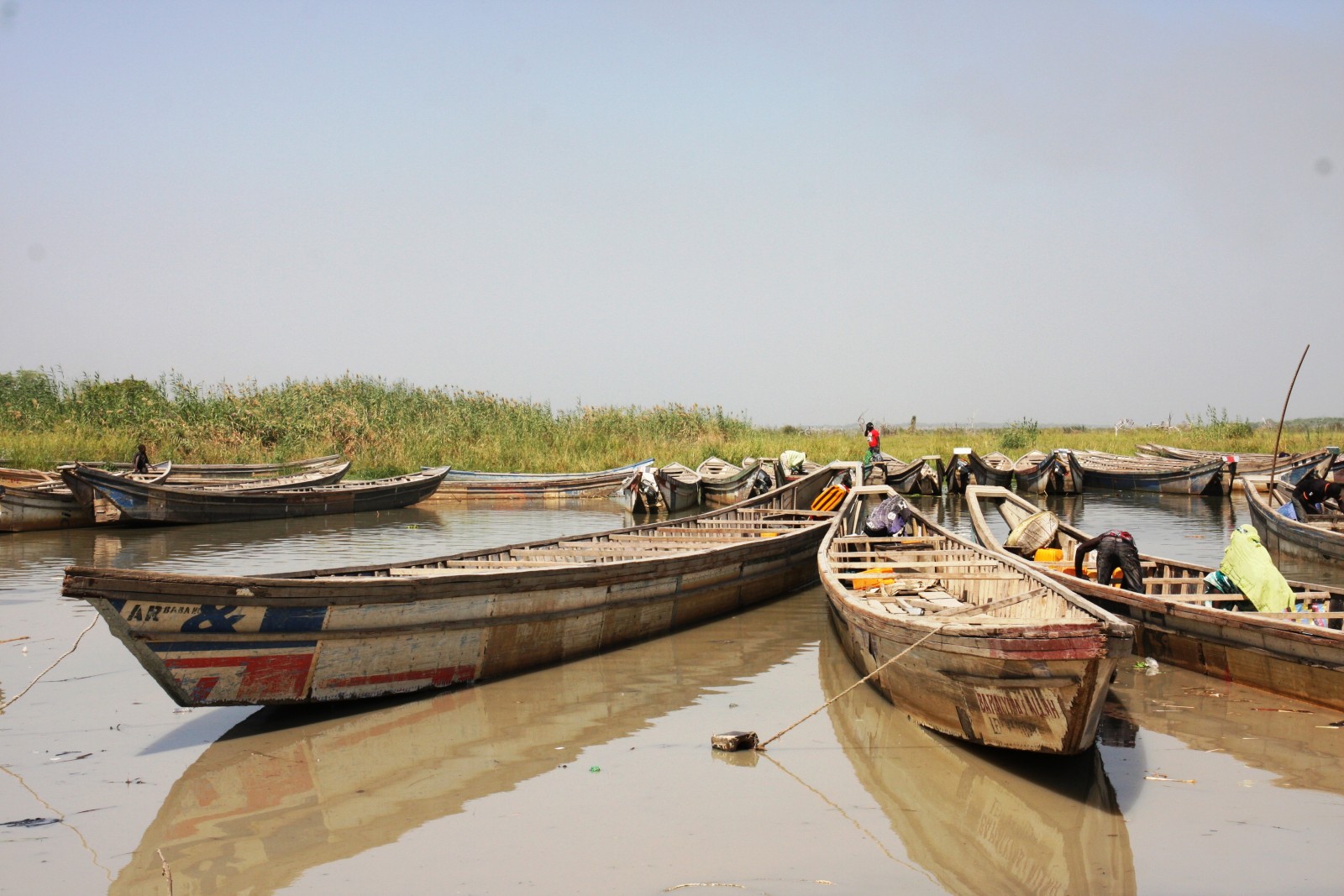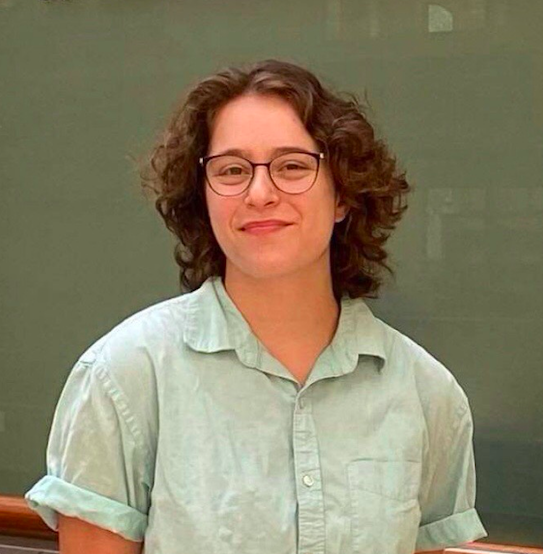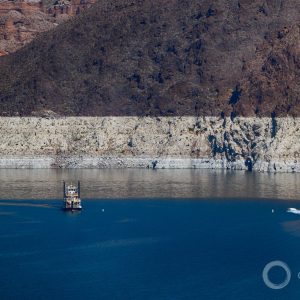Climate change has made rainfall in the Sahel more variable, straining Cameroon’s agriculture industry and sparking ethnic tensions.

Boats on the shore of Lake Chad in 2014. Photo © EU Civil Protection and Humanitarian Aid / Flickr Creative Commons
- One hundred thousand people are displaced after ethnic clashes broke out in northern Cameroon earlier this month.
- The deadly clashes reflect heightened competition over natural resources in an area experiencing rapid environmental change.
- In northern Cameroon, water stress exposes and deepens longstanding ethnic fault lines.
By Laura Gersony, Circle of Blue — December 20, 2021
One hundred thousand people are displaced after ethnic clashes broke out in northern Cameroon earlier this month—the latest escalation of water-fueled tensions in the region.
The most recent wave of violence originated in the village of Ouloumsa in Cameroon’s Far North region. The deadly clashes, which began in early December, reflect heightened competition over natural resources in an area experiencing rapid environmental change. On one side of the conflict are Mousgoum fishermen and Massa farmers, who dig trenches in order to fish and irrigate crops. The muddy trenches have trapped and at times killed the livestock of Arab Choa cattle ranchers. The farmers and fishermen, in turn, allege that herders’ cattle have destroyed plantations and fishing areas.
Forty-four people have been killed and more than 100 injured as a result of the skirmishes, which have since spread to neighboring areas, a UN Refugee Agency spokesperson said on Friday.
“People don’t even have enough to eat. We supply them with bread from the other side of the border in Chad. We come to sell them here and we always go back to the other side for their needs,” a local resident told Africa News at the onset of the violence.
Over 85,000 people have fled into neighboring Chad, the vast majority of them women and children. At least 15,000 more are displaced inside Cameroon.
Boris Cheshirkov, a UN Refugee Agency spokesperson, called the situation an example of conflict driven by climate change.
“The climate crisis is a human crisis; we’re seeing it in the Sahel, we’re seeing it in Far North Cameroon, we’re seeing it in East Africa, in the drought corridor of Latin America, we’re seeing it in South Asia, so many parts of the world where we have displaced communities,” Cheshirkov said in a press briefing. The agency recently found that 90 percent of the world’s refugees come from the countries most vulnerable to climate change.
Cameroon—a mosaic of hundreds of ethnic groups, cobbled together into one nation during its colonial history—has long endured these regional frictions. At present, the western reaches of the country are torn apart by an ongoing armed conflict between government forces and separatist groups. The Far North region has for years been the target of attacks by the militant insurgency group Boko Haram.
In northern Cameroon, water stress exposes and deepens these fault lines. Lake Chad, a source of livelihood for over 30 million people, shrank by nearly 90 percent during prolonged droughts of the 1970s and 80s, in what was considered one of the first major consequences of global climate change. While the lake has stopped shrinking in the past few decades, climate change has made rainfall in the region more variable. This renders local agriculture—the mainstay of Cameroon’s economy—all the more vulnerable.
Climate models indicate that agricultural yields could fall by 20 percent per decade by the end of the 21st century in some areas of the Sahel, where atmospheric temperatures are increasing at twice the global average.
Humanitarian groups emphasize the need to address the tensions at their source.
“Meaningful programs that tackle poverty, radicalization, corruption and environmental degradation are urgently needed if the government of Cameroon wants to address the root causes of inter-communal violence and prevent further escalation,” said Juliette Paauwe, an analyst with the Global Centre for the Responsibility to Protect, in a press release.
Laura Gersony covers water policy, infrastructure, and energy for Circle of Blue. She also writes FRESH, Circle of Blue’s biweekly digest of Great Lakes policy news, and HotSpots H2O, a monthly column about the regions and populations most at-risk for water-related hazards and conflict. She is an Environmental Studies and Political Science major at the University of Chicago and an avid Lake Michigan swimmer.




